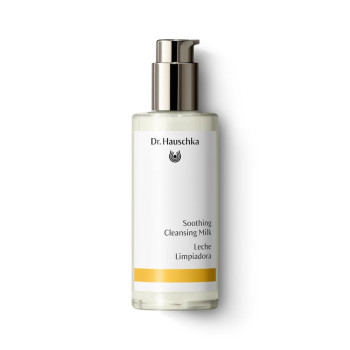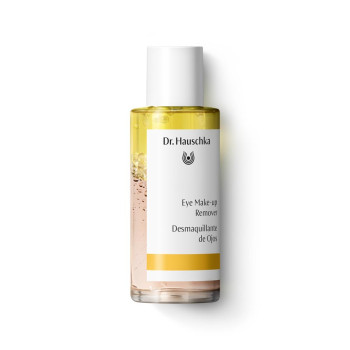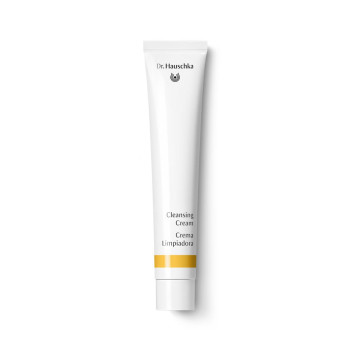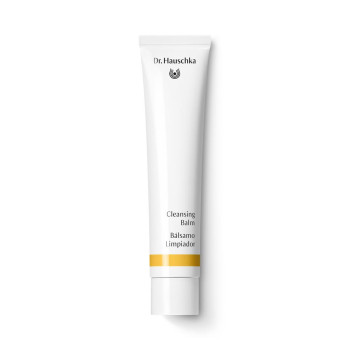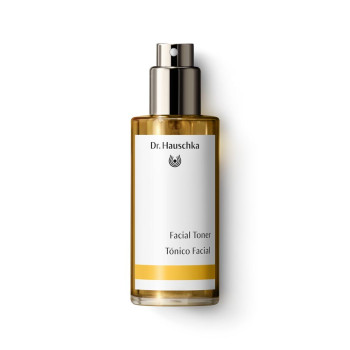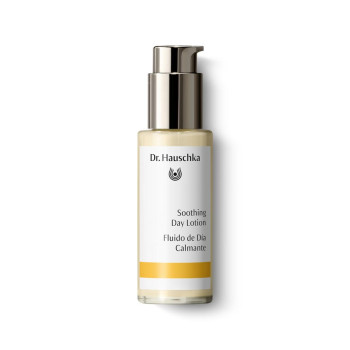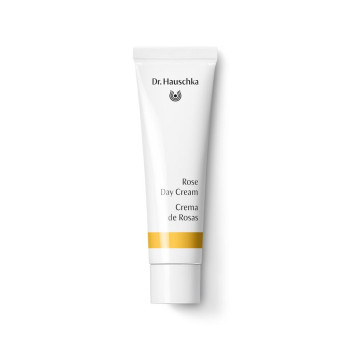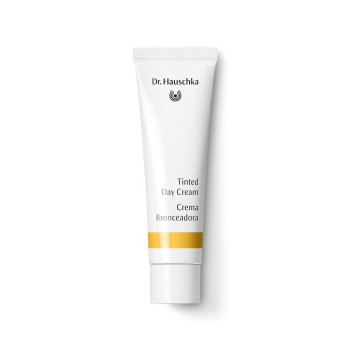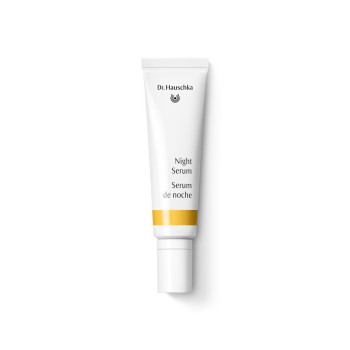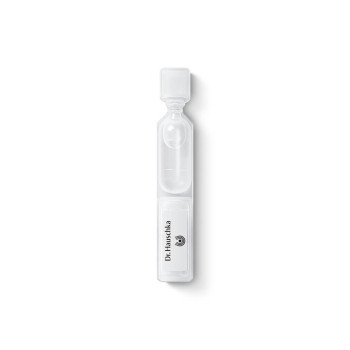Sensitive skin.
An evening routine that soothes areas of redness on the face.
As you start to relax in the evening, so does your skin. While you sleep, your skin is able to renew itself – reason enough to make sure you’ve given your skin everything it needs while you enjoy a deep sleep and sweet dreams!
Our nurturing plants for sensitive skin.
Nurturing plant extracts are at the heart of all Dr. Hauschka Skin Care products. They help awaken skin’s own innate powers – in exactly those areas where support is needed.
Recommended skincare ritual for couperose-prone skin.
A morning ritual to gently care for facial redness.
Tea or coffee? Sport or news apps? Meditation or hustle and bustle? We don’t know how you like to start your day, but we’ve put together a skin care routine for you that is just as flexible as it is natural. Good morning, beautiful!
- Sensitive red cheeks or early signs of couperose?
- Dr. Hauschka has certified natural skincare that support sensitive skin with calming botanicals
- How can you tell the difference between couperose and rosacea?
- Individual skin care for facial redness
- Recommended skincare ritual for couperose-prone skin
- Tips for skin with red, dilated capillaries on the face
- Nurturing plants that help support and care for sensitive skin
Sensitive red cheeks or early signs of couperose?
Rosy cheeks may make you think of a fresh and healthy complexion, but the reality can be quite different: Small visible blood vessels make your cheeks and the area around your nose appear red. You may also notice dryness and tightness. Sometimes, you might even experience burning, itching, raised bumps and spots. The protective layer of your skin is visibly under attack. Of the many factors, couperose or rosacea could be the culprits; but seeking expert dermatological advice is always best for an accurate diagnosis.
Dr. Hauschka has natural care options for skin that is seeing red.
If you’re suffering from couperose or rosacea, there’s one thing your body needs above all else: a skincare ritual that complements your Doctor’s treatments and/or is approved for use by your Dermatologist, supports your skin and helps it regain its natural balance. Our skin care delivers natural botanicals that nurture and care, so your skin can take the time it needs to renew itself. To achieve this, we combine nature with state-of-the-art technology. We are pioneers of natural skin care, plant nerds and passionate researchers. Our formulations use the best natural ingredients and nurturing plants. And for your skin, the main players are rose, lady’s mantle and St. John’s wort.
How can you tell the difference between couperose and rosacea?
Both start with redness on the cheeks and around the nose. Small red or blue-colored capillaries become visible due to congestion in the blood vessels. With couperose, this redness is often only temporary at first. It may appear when you get home from a chilly winter walk, after a hot sauna, or when you eat something extra spicy. It might even flare up if you enjoy an extra cup of coffee in the morning or a glass of red wine in the evening. Perhaps you’re experiencing a time of stress or your skin care products aren’t quite right for you. Any of these factors can cause these small capillaries to remain visible for longer. Over time, your skin can become drier and more sensitive, causing tightness, burning and maybe even a stinging or itchy sensation.
With Rosacea, the redness tends to be permanent from the outset. Initially the nose and cheeks are most likely to be affected. Later, the redness may spread to your forehead and other areas. Gradually the red patches develop pimples and angry spots. If the affected skin is not treated, the sebaceous glands can become enlarged. Skin becomes rough and raw and you may also experience dry, irritated eyes. In men, the nose often takes on a distinctive bulbous appearance. Anyone suffering from Rosacea should be treated by a dermatologist. However, it’s helpful to also use the right skin care alongside specialist treatment.
Individual care for facial redness.
We’ve put together a simple skin care concept for you. It’s suitable for everyday use and supports your couperose-prone skin, until it can regain its natural balance. For us, day and night go together like inhaling and exhaling.
Rose
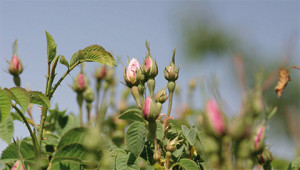
Harmonizing power: Particularly skin that is prone to redness and enlarged capillaries benefits from the protective, nurturing tenderness of rose.
Learn more
Borage
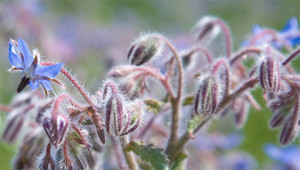
The soothing touch: Blue-flowered borage is also known in German as the “goodwill flower”. It contains tannins, mucilages and silica, which help fortify and calm the skin.
Learn more
St. John’s wort
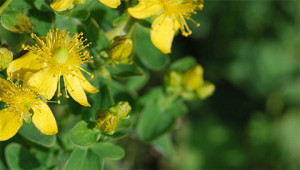
St. John’s wort fits perfectly into our skin care concept for couperose-prone skin.
Learn more
Tips for dry skin.
- More protection, please!
There are days when your skin needs a little more care and security. Maybe the heat, cold or sun have left their mark, or stress has deprived you of sleep. This is when our soothing face masks come to the rescue. Our Hydrating Cream Mask is particularly good at supporting the skin’s own ability to lock in moisture.
- Time out for tired eyes.
Your eyes deserve some time out, too: Eye Revive revitalizes and fortifies the delicate skin around the eyes. You can follow this ritual with our Eye & Brow Palette to beautifully enhance the natural radiance of your eyes.
- Layered protection? Or is one day cream or lotion enough?
When you choose one of our Dr. Hauschka Day Lotions, your skin gets all the nurturing care it needs. Our lotions provide long-lasting hydration and protect the skin all day long. So there’s usually no need to layer with an additional cream.
- That sun-kissed look whenever you want.
Our Tinted Day Cream gives you that beachy glow. If you need a little more coverage, we recommend Dr. Hauschka Foundation. Our Foundation also helps preserve your skin’s moisture. You can cover up areas of redness with our Concealer.
- Nurturing care beyond the face.
Dry skin doesn’t end with your face. Our Regenerating Neck and Décolleté Cream delivers soothing care to the sensitive skin on your neck and chest
- Luxuriate with a special treat(ment).
Dr. Hauschka estheticians know just what dry skin needs. A soothing facial treatment calms skin that is off balance. The perfect extra care ritual for a more beautiful you.
- Certified natural from head to toe.
What does body care have to do with facial care? More than you might think! We consider the person as a whole rather than separate parts. And we know that when you take care of your body, it shows in your face. Here, too, your dry skin type plays a role: If your skin struggles to produce enough moisture, we recommend finishing your morning or evening beauty routine with some hand-warmed body oil. Rose Nurturing Body Oil and Moor Lavender Calming Body Oil are particularly good for this skin care step. They give your skin the comfort it needs to recover from the activities and stresses of the day. If your skin struggles to retain moisture, our invigorating and refreshing bath essences are a real gift. Used at body temperature, they help your body anchor itself. Giving the feet, legs and thighs an invigorating massage with the bath essences has an even greater effect.


